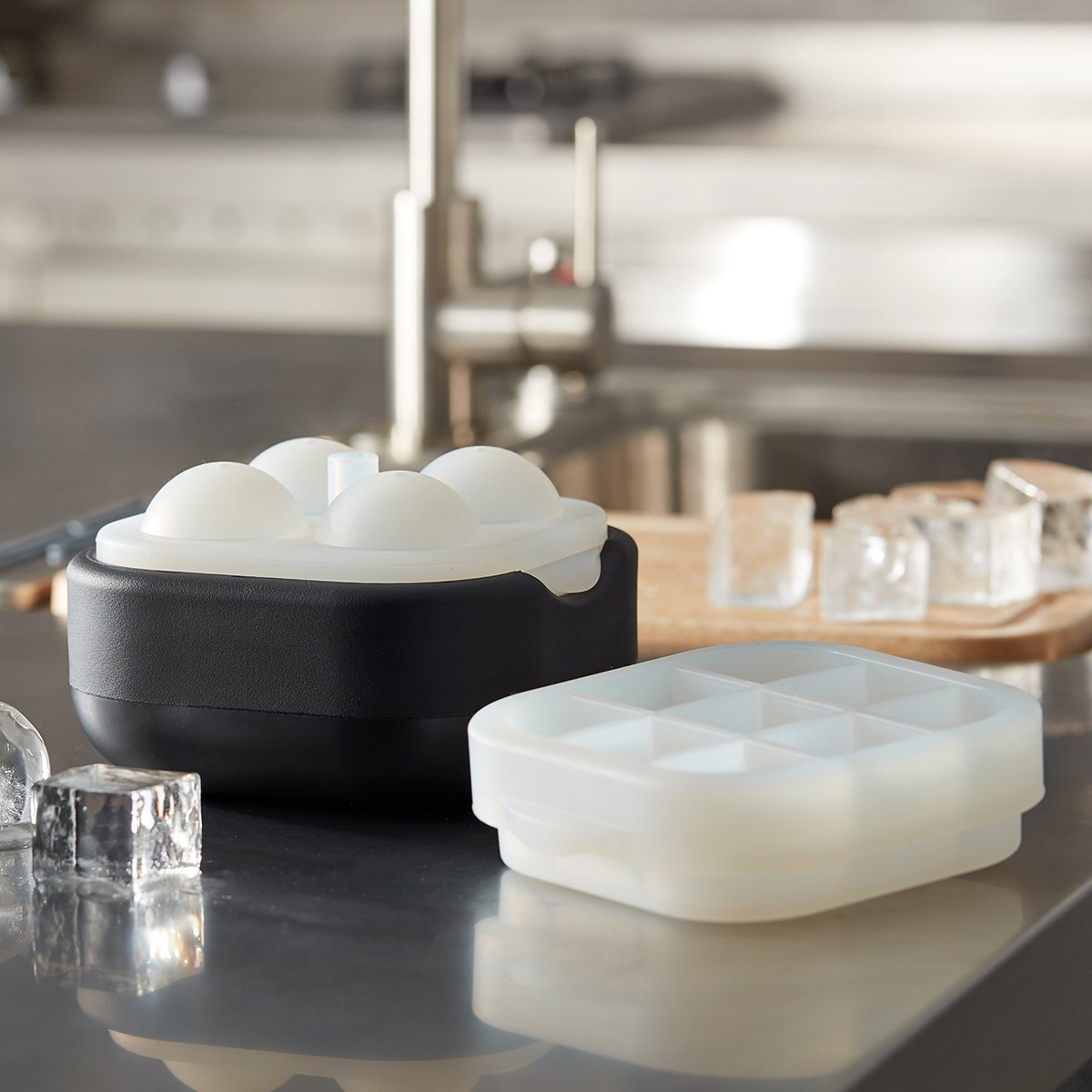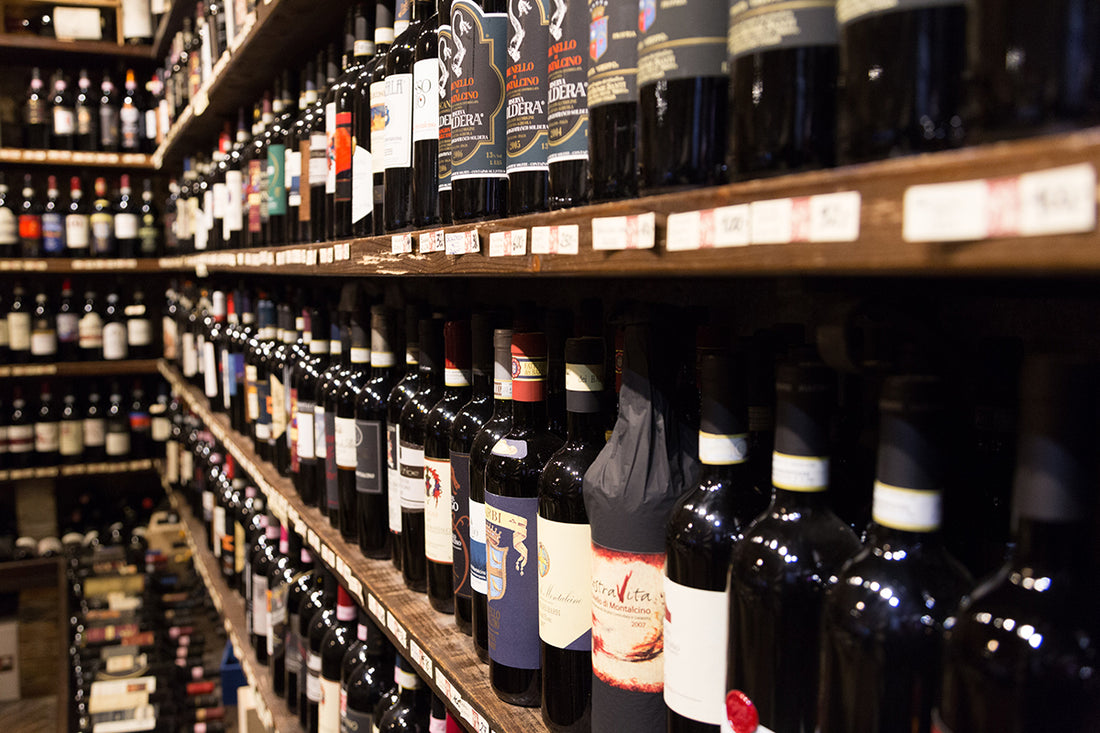In much of Europe and North America, wine has become a staple in life, often consumed daily with meals. Recently in Asia, many people have also started drinking wine as a lifestyle choice, even using wine as an important social tool for connecting with people. No matter why someone may choose to pour themselves a glass of wine, a bottle of good wine is important for an enjoyable experience.
As long as you understand the following five key principles, anyone can enjoy tasting wine...
1. The Temperature of Wine

The idea wine drinking temperature is 14-18 degrees, at which it retains its original aroma and smooth taste. If placed at room temperature more than 22 degrees, the alcohol will begin to evaporate, and you will notice a strong alcoholic taste when you drink it, masking the full aroma of the wine!
In tropical or subtropical areas, the room temperature is typically above 20 degrees, and can reach more than 30 degrees in the summer. Therefore, putting the wine bottle in the refrigerator for about 20 minutes will allow you to enjoy wine with a richer taste.
However, it is also not ideal to chill wine cooler than 6 degrees, because over-chilled wine will inactivate the microorganisms in the wine, prohibiting them from reacting with the air to producing fruity, floral and other beautiful aromas. As a result, the taste of tannins are also magnified, making the wine more astringent.
2. Wine Decanting

Wine decanting is a wonderful ritual that gives wine the time to take a deep breath.
This process awakens the fruity, floral... and other special flavors in your wine and allows it to reach the ideal conditions for enjoyment.
The reason for decanting is to give wine time to react with the air. As exposure between the wine and oxygen increases, the aroma of wine blooms and the tannins soften, creating a supple taste. The amount of time it takes to decant red wine varies depending on the type, which we will explain in detail soon!
3. Selecting a Wine Glass
The purpose of the shape variations in wine glasses is to highlight the aroma of specific wines and enhance a delicate olfactory experience. Different varieties of grapes have different suitable wine glass appearances, but for a beginning wine taster “Bordeaux” glass can work well for tasting most wines.

4. Wine Pouring

Red wine has more tannins - and tannic acid needs more oxygen to soften. Therefore, when pouring wine, it is recommended to pour just 1/3 or half a cup. Pouring too much will hinder the development of a full bodied wine aroma.
Pour gently to better savour the pleasures of wine tasting!
5. The Sequence of Wine Tasting
Look > Swirl > Smell > Sip > Drink
Look

By looking at the color of wine, a master sommelier can figure out the vintage of the wine, the ripeness of the grapes, and the region or variety of grapes the wine was made from.
The general principle is that the darker color of the wine, the thicker the skin of the grape used in it, resulting in more pigmentation. A good wine should be semi-translucent and a pleasing red. On the contrary, if it is cloudy and dark red, it is most likely over-oxidized and will be sour and less pleasant to drink.
Swirl

Swirling the wine glass lightly will help you determine the level of alcohol concentration. When the wine leaves a thicker residue on the sides of the glass, it means the viscosity of the wine is stronger, and the alcohol concentration is higher.
Smell

The more complex the smell, the more notes in the wine - usually meaning that the quality of the wine is better than a wine with a one-note aroma.
Sip

The tip of the tongue is responsible for sweetness, the sides of the tongue are responsible for the sour taste, the gums feel tannins, and the throat feels alcohol…
Using your tongue to swish the wine around in your mouth allows for more complete contact with your tastebuds, helping to make the flavours more obvious.
Drink

Feel the aftertaste in your throat. The longer the taste lingers, the better the quality of the wine.
Now that you have a better understanding of these 5 key principles - go relax and enjoy the color, aroma, and taste of your favourite wine!
(Photos courtesy of unsplash)


